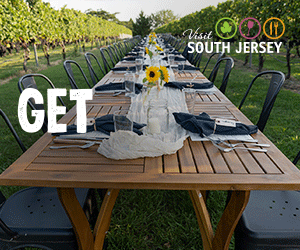
Visiting Johannesburg: A Transformative Cultural Connection
After decades of traveling, I’ve been lucky enough to have memorable experiences that have lasted long after I’ve immersed myself in a specific destination’s culture – like Johannesburg, South Africa. I would equate my experience there similar to visiting Salvador de Bahia, Brazil. Because of location and or history, both cities are steeped in rich African culture, making it easy for a cis Black American man to blend in and feel comfortable, something not so easy in Scandinavian countries for example.
Keep in mind that Homosexuality is not legal in most African countries, but South Africa does recognize LGBTQ+ rights including same-sex marriage, change in legal gender, and other constitutional and statutory protections. So, feeling comfortable in a city where people look like me and where I’m accepted legally – well, it’s a win-win situation.
For Black LGBTQ+ travelers looking for a destination that feels like home, I recommend visiting Johannesburg, a place that some travel colleagues have said reminds them of Atlanta in terms of a bustling city comprised of a large population of Black affluent entrepreneurs and changemakers. For me, my love for Johannesburg grew as made connections with people I met along the way. I had that familiarity of seeing and talking to a relative or a close friend, in addition to, of course, the familiarity with the culture.
So, I wanted to offer some insight into my experience in Johannesburg and why you should consider adding it to your bucket list, especially if you identify as Black American and are part of the African diaspora.
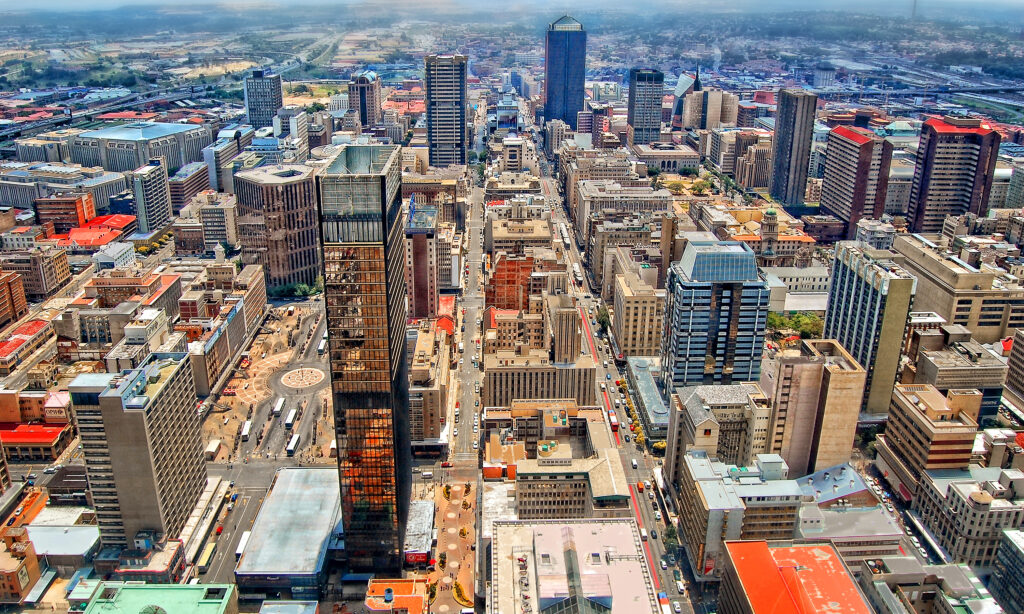
Johannesburg Immersive Experiences
If you’re visiting Johannesburg, I’d highly recommend booking a tour with JMT Tours & Safaris, a Black African-owned and family-owned business. I was lucky enough to have TK Motsogi – the son of the owners (Joe and Sophie Motsogi) – as my driver and primary guide during my three-day stay. Within a few minutes of chatting with him, I learned his father had passed away and so he and the rest of the family rallied around his mother to keep the family business operating.
Community Building in Joburg’s First Township
Alexandra Township, or Alex as the locals call it, should be on your list of places to visit. It’s located a 24-minute drive from Joburg’s center or the downtown area. I have lasting memories of visiting the home of one of the community’s matriarchs, Queen Ngwenya, known for making vetkoeks (fat cakes), a traditional South African fried dough bread, at the FatCake Palace. Not only was I a witness to the long line of locals waiting in line, but I was able to enjoy two (maybe more) fat cakes for a breakfast with TK, Michael Ndlovu (rep from the City of Joburg), and Harry Nakeng, the head guide for the Maboneng Township Arts Experience. I instantly felt like I was breaking bread with relatives in the comfort of my grandmother’s living room.
Queen Ngwenya’s home is part of the Maboneng Township Arts Experience, a local business (founded by Siphiwe Ngwenya) that offers authentic South African tours. But what makes these tours so unique to this particular immersive experience is that local artists and families open up their homes as art galleries, and provide tourists with their perspective on how, in this case, Alex Township is transforming into a vibrant self-sustaining community.
In Alex, Harry was our guide for our Maboneng Township Arts Experience, and after breakfast, he led us by foot via unmarked, narrow paths through homes and on the paved streets to learn more about Alexandra and its residents taking proactive roles to take care of their neighbors and build a colorful and strong community. A source of inspiration for community empowerment, Mandela’s Place is located at 46 7th Avenue in Alexandra Township. In 1941, Nelson Mandela, the first Black post-Apartheid President of South Africa and anti-Apartheid activist, moved here from his home in the Eastern Cape. He lived here while he was working as a clerk at a law firm in Johannesburg (Jozi), and today, his former residence is an Alexandra Heritage Site.


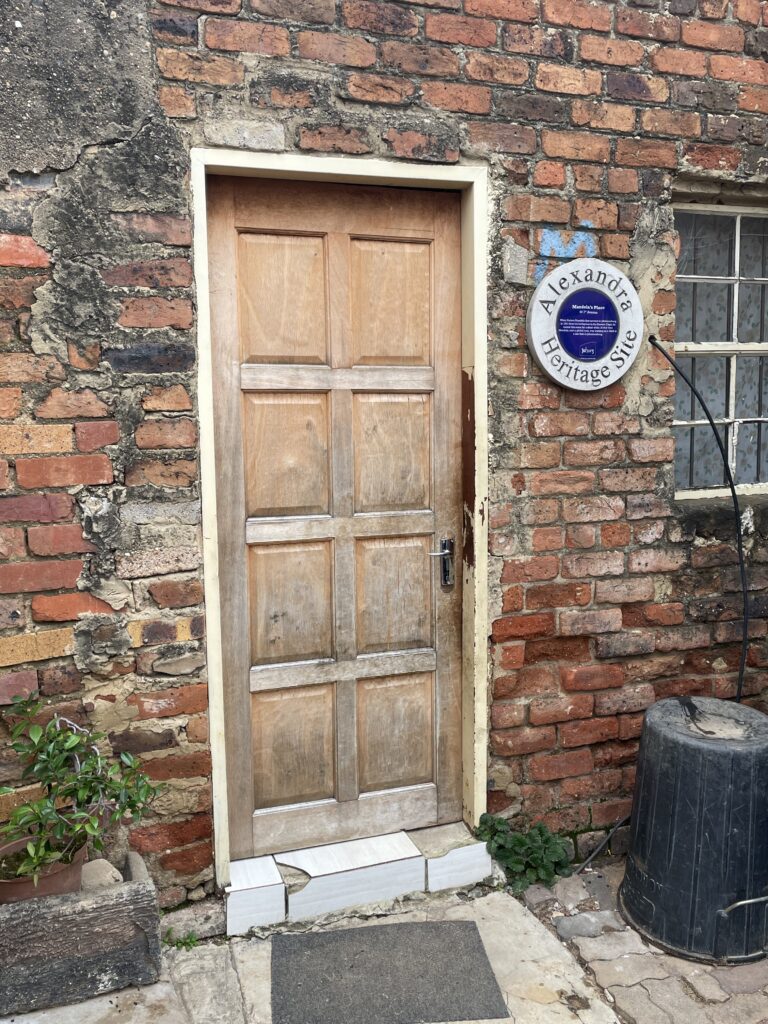

My tour continued with a stop at the Three Square Sports and Community Centre where boys and girls in the Alexandra Basketball Academy showed off their hoop-throwing skills on the basketball court located in the back of the center. I stepped outside of my comfort zone to play a game of horse in a team competition. We lost, but it was a teachable moment to demonstrate a positive community-building skill – working together.
In talking to a few kids afterward, I learned that their dreams weren’t to be sports stars but to be doctors, lawyers, and engineers. Dreams similar to my nephews, cousins, and nieces back home. After a few photos and ribbing about my poor b-ball skills, we stopped at Art Flava Gallery, a Maboneng Township Arts Experience-approved gallery, where a local artist Mxolisi Mbonjwa talked to us about his ART Affair events. He initially organized these regular art exhibitions and parties to promote his work and other local artists, but now it has expanded to promote artists from around the city, including white artists.
Alexandra Township was reminiscent of living in rural Virginia, where people may not have had much, but there was a wealth of love and inspiration to keep the community alive and thriving. (Click here for more information about the Maboneng Township Arts Experience. You can also follow them on Facebook, Twitter, and Instagram.)
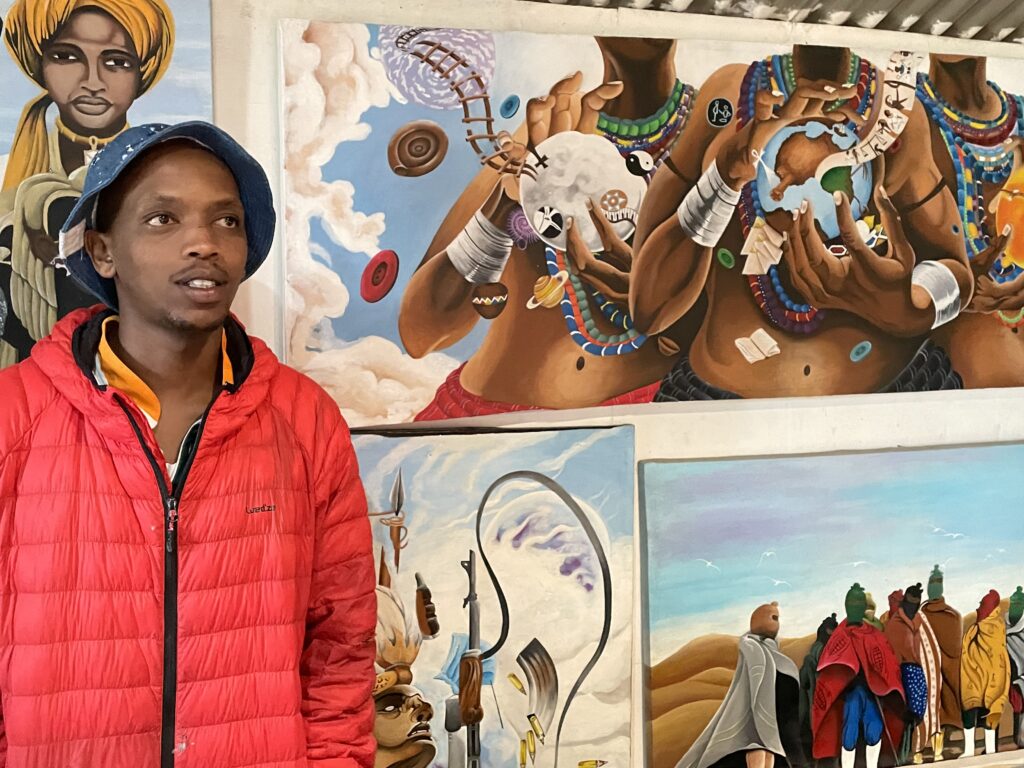

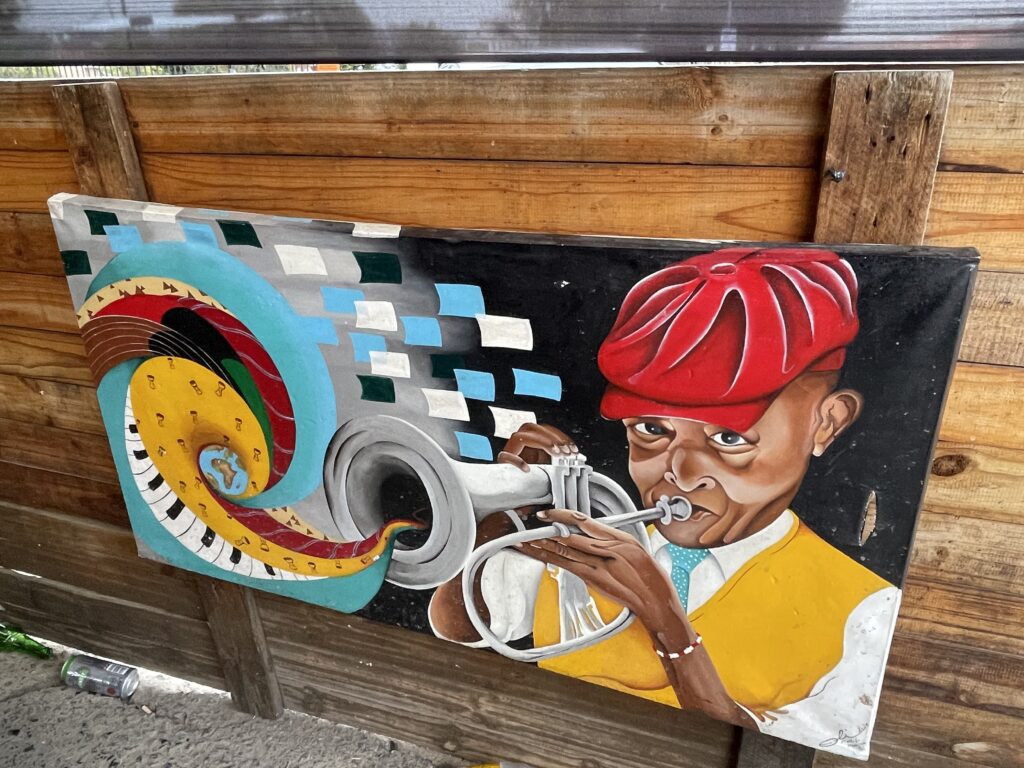
The Magic of Maboneng and Nearby Neighborhoods
On my first full day in Jozi, TK, Michael, and I visited Satyagraha House, commonly known as Gandhi House, because Mahatma Gandhi lived and worked there from 1908 to 1909. Located near the suburb of Orange Grove, Satyagraha House is now a museum and guest house.
After about a one-hour tour, we drove 12 minutes south to downtown Jozi to visit The Playground Market for an immersive look at Jozi’s thriving food market scene. In Braamfontein (north of the city’s center), this is the place to be on Saturdays. Not only is it a great spot to grab lunch, but you’ll find vendors selling homemade chocolate, pastries, cakes, seafood paella, and more. Located in a former office building, The Playground Market is bringing back Jozi’s fun Saturday vibe after the Neighborgoods Market closed down due to the COVID-19 pandemic. Although it’s not located in the Market, I’ve been told that The Wing Republic is a popular, trendy spot in Braamfontein. How can you say no to a restaurant that was voted to have the “Best Chicken Wings?”
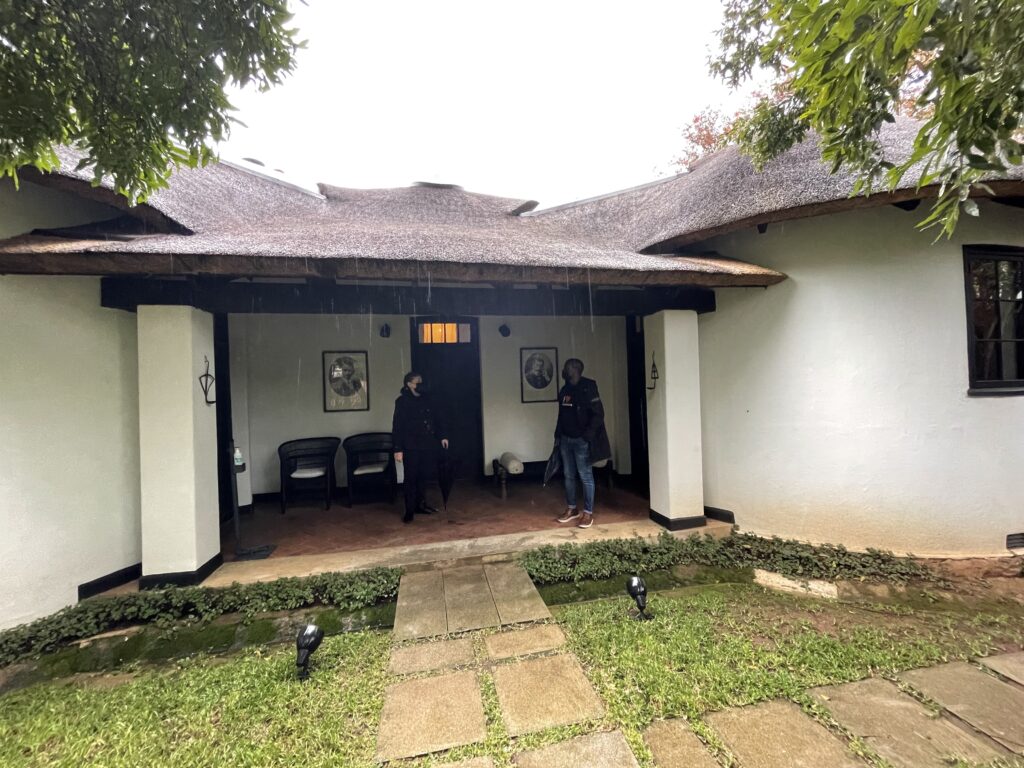


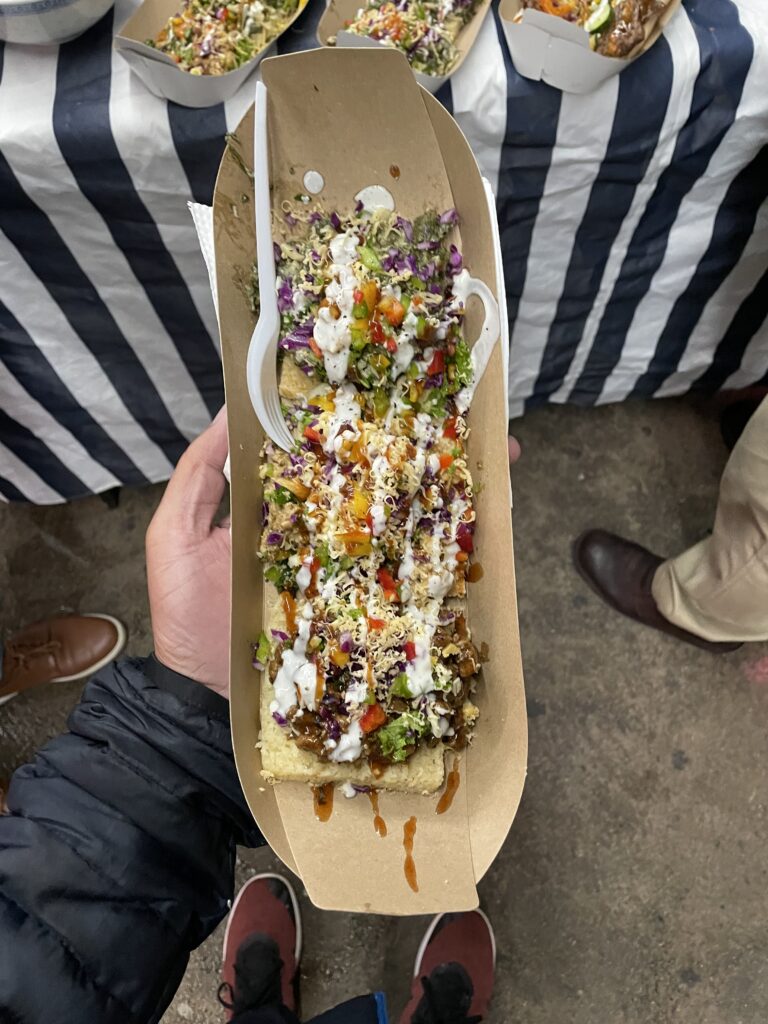

After lunch, we drove for about 10 minutes to Maboneng, a young, hip area in Jozi with buildings splashed with colorful murals, shops, rooftop bars, and jazz clubs, like the Bertrand Café and its popular Jazz Lounge on the second floor. Contact City Skate Tours (located near Curiocity) to dive into this neighborhood’s impressive, trendy street and café culture. It was raining when we visited, so instead of skates, we took a walking tour of Maboneng and Jewel City, a neighboring hood that is slowly transforming into an equally hip place.
Just walking along the street, visitors will feel the youthful vibe, especially with tourists and locals swarming along the streets for an Instagram-worth shot under the iron Maboneng sign hanging overhead on at the corner of Kruger and Fox Streets, and two blocks away on Commissioner Street.



If you’re in the area, you should definitely consider a visit to Hallmark House, a cool boutique hotel located just a 15-minute walk away from City Skate Tours. Queen Bey and Jay-Z have graced the hotel with their presence, spending time on The Rooftop at the Hallmark House, the perfect spot for a sundowner. On a Saturday afternoon, a live DJ spins everything from 90s R&B to Amapiano dance music to reggae. And while I was there, a lively group of 20- and 30-somethings were singing along (and often dancing) to recognizable American tunes like Montel Jordan’s “This is How We Do It.”
If nothing else, you should visit the Hallmark House for its African contemporary art and make reservations in advance at The Marabi Club, a live jazz club located on the lower level of the hotel. From the tapas-style menu, I recommend the fish tacos made with pickled ginger, avocado, and passionfruit; Miss Piggy (13-hour pork belly confit with smoked peanuts, coriander, and ‘Agi-Yogi’); Sexy Chick (miso and peri-peri chicken with curried sweet corn velouté, tomato confit, charred sweetcorn salsa, and marsala jus); or the Steak, Egg, and Potatoes (wagyu steak with truffle potato noodles, sous vide egg yolk, D’USSÉ, and bone marrow jus). You won’t be disappointed with live jazz music or the food.
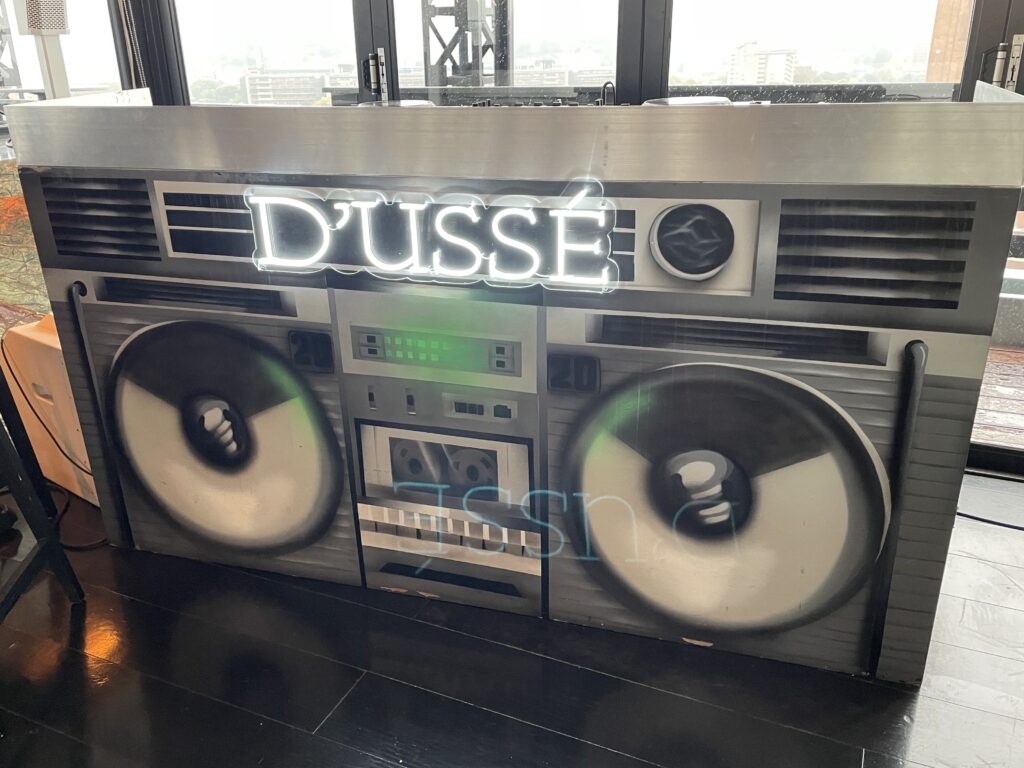


The Apartheid Museum and Soweto
One place you can’t leave Johannesburg without visiting is the Apartheid Museum, an eye-opening chronological journey of South Africa’s racial segregation system that lasted from 1948 to 1994 when Nelson Mandela was elected President of South Africa. We started at this historic museum on my final day in Jozi. Upon entering the museum, guests must choose between a Blankes (White) entrance or a Non-Blankes (Non-White) entrance, which provides guests with a starkly different history depending on which entryway you choose. The Museum has guided and self-guided tours. Either way, expect to spend at least an hour or two here. No photography is permitted inside. The museum serves as a beacon of hope to show the world how South Africa is still coming to terms with its oppressive past and working towards a future that all South Africans can tell their own – drawing familiar similarities to the US, its people, and its history.
After our morning visit to the Apartheid Museum, we embarked on a three-hour drive to Soweto, also the home township of JT, my guide and driver while visiting Joburg. We headed to Lebo’s Soweto Backpackers, where visitors can experience the township and its famous historical sites such as the Mandela House, Hector Peterson Museum, bustling Vilakazi Street, and a close-up view of the mind-boggling suspension bridge between the Soweto Towers. Again, because of the rainy weather, I embarked on a tuk-tuk tour of Soweto instead of the bike tour, followed by a delicious homemade African lunch at Lebo’s.
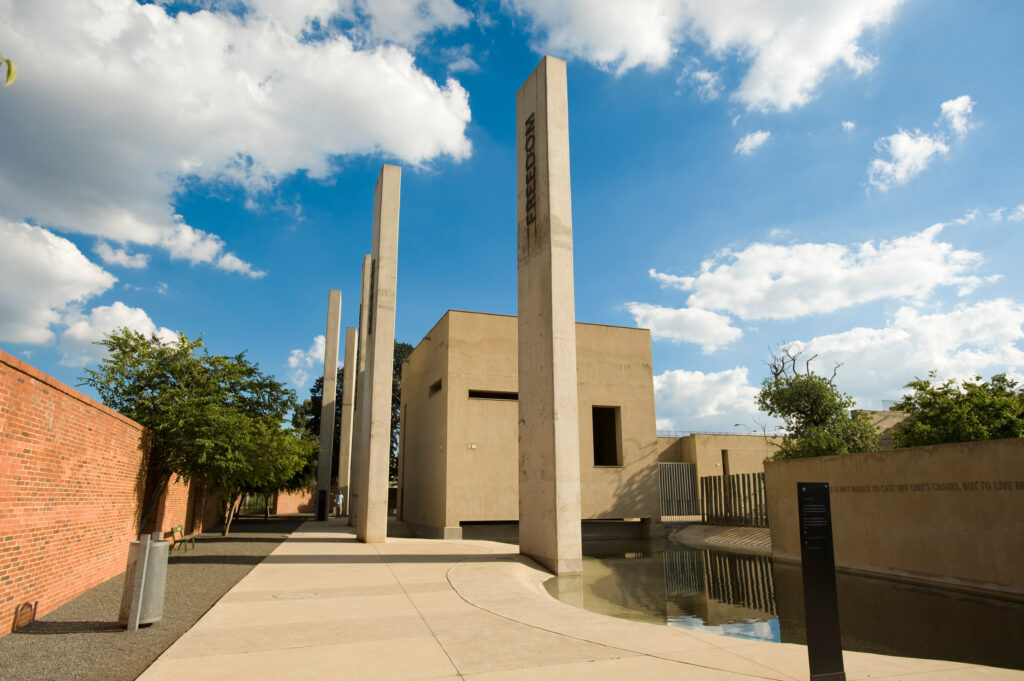

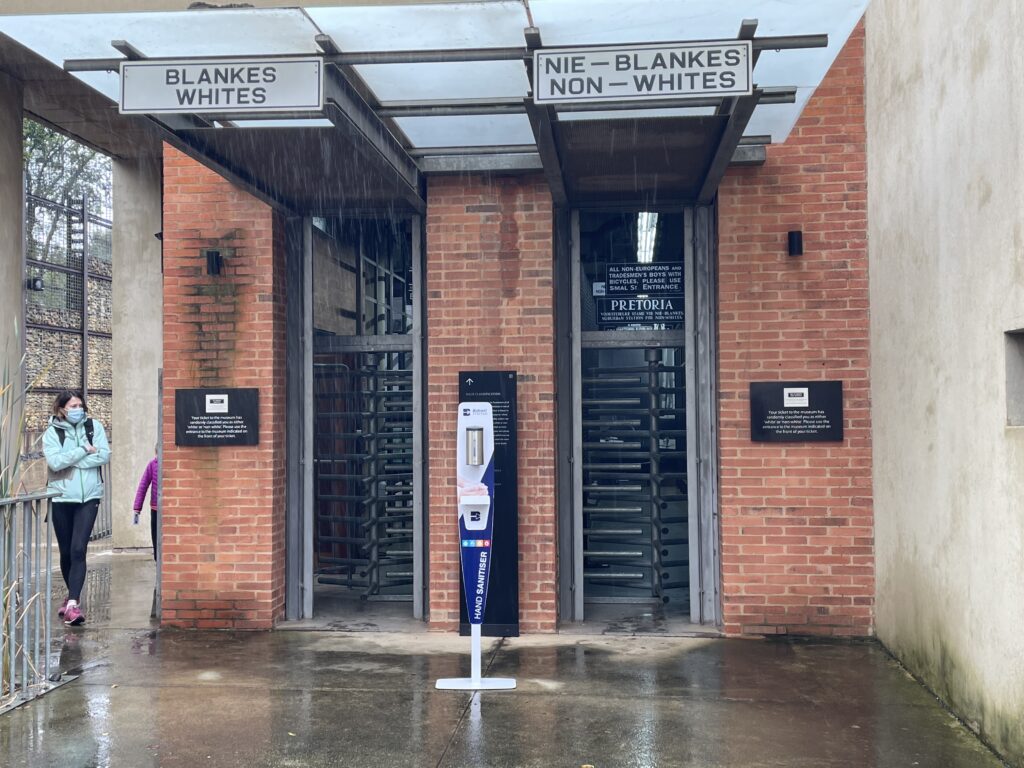
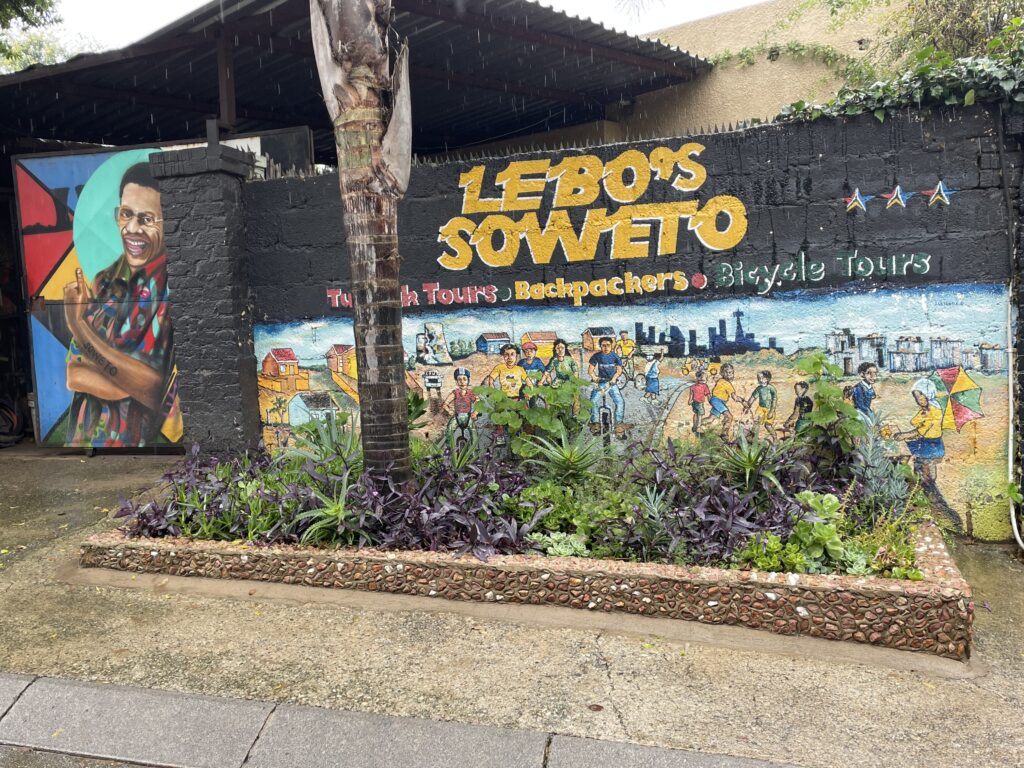
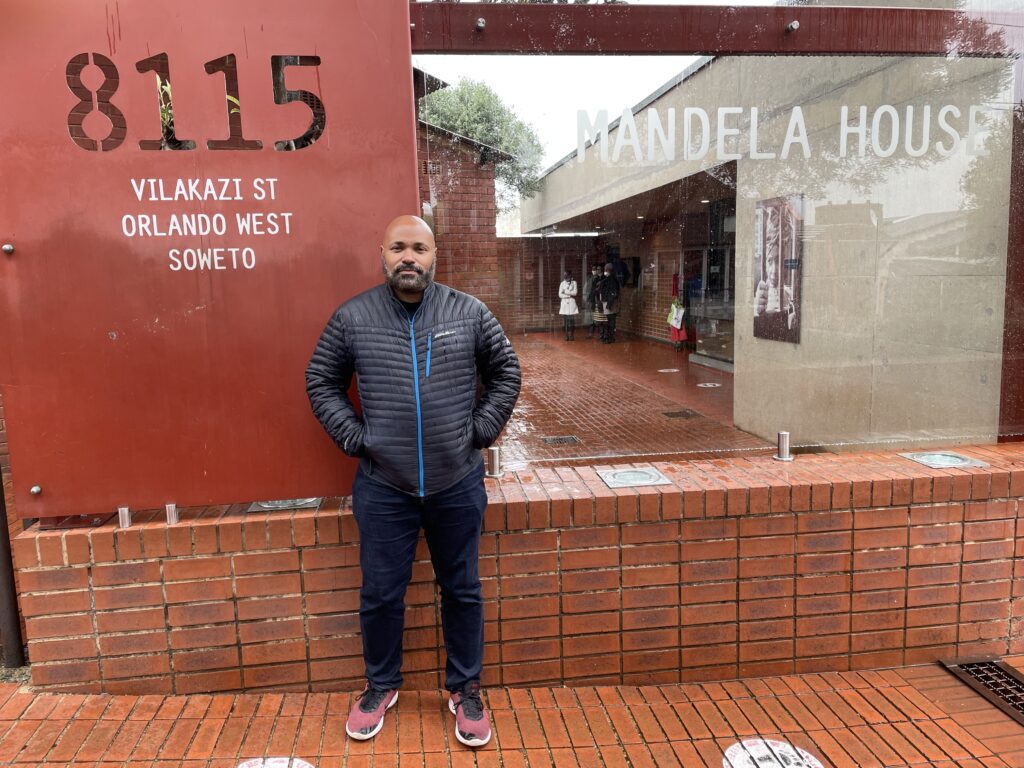
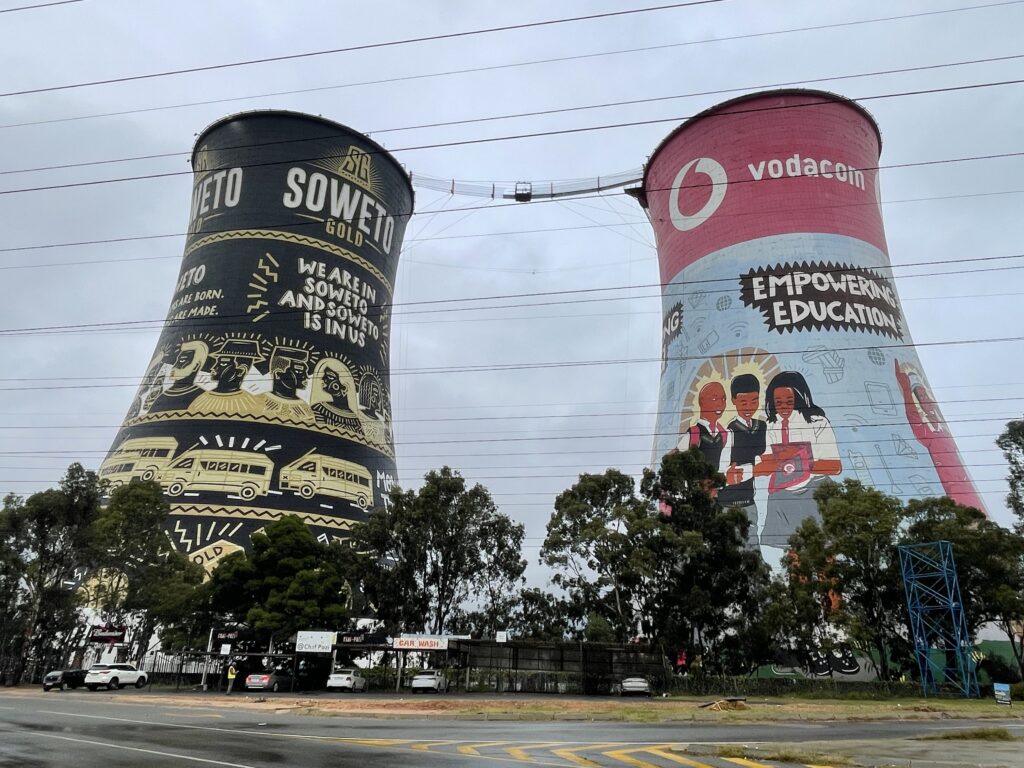
Much like the Alexandra Township, people in Soweto are very proud people regardless of their living situations, which to some Westerners could be seen as bleak. In Africa, the Caribbean, and the US, resilience is a common thread in the African diaspora. And it shouldn’t go unnoticed that Soweto has forward-thinking entrepreneurs and thriving businesses, such as the Soweto Creamery, which sells multilayered sundaes and other chilled confections. I was surprised to see how busy the ice cream shop was even on a chilly overcast day. I indulged in the Chocolate Royale Sundae – too much to eat in one sitting. Of course, I saved the rest for later.

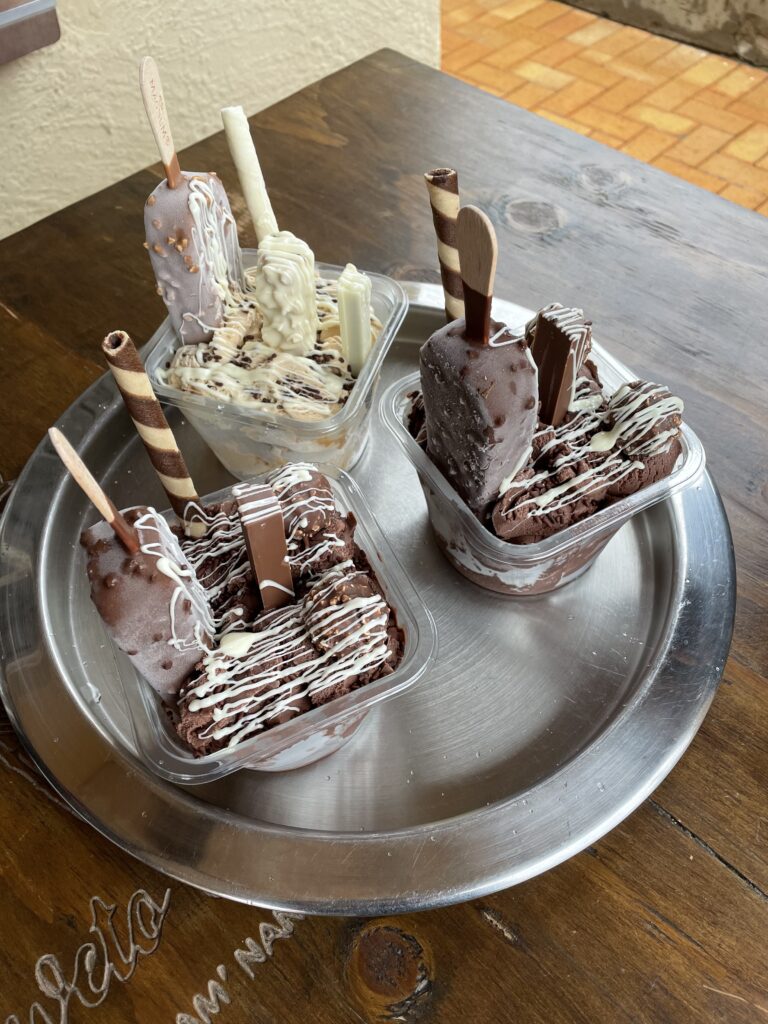
One of the highlights of visiting Soweto was meeting Enos Mafokate, the first Black Showjumper Champion. He was the first Black showjumper (in the world) to compete along with 31 other riders at the Wembley Royal International Horse Show.
Mafokate owns the Soweto Equestrian Centre, a non-profit riding school to open the elite world of riding to people who would never have the chance to ride a horse, including children with special needs. As he shared his stories about his rise to fame, a visit from Queen Elizabeth in 2012, and his passion to expose locals to the equestrian world, conjuring familiar feelings as if I was talking to a wise uncle or grandfather.
After visiting the Soweto Equestrian Centre, TK, Michael, and I ended our 2-day sightseeing journey together at 1947 Restaurant on Vilakazi Street, a family-friendly culinary destination for those craving authentic African cuisine. This restaurant has amazing food and a long wine list. I recommend the 1947 Salmon, a salmon filet with pickled red onion, chili-marinated kalamata olives, heirloom cherry tomatoes, cucumber, fior de latte, smoked chorizo, and sweet potato sauce. It was the perfect way to end a transformative journey with two new connections in Joburg.
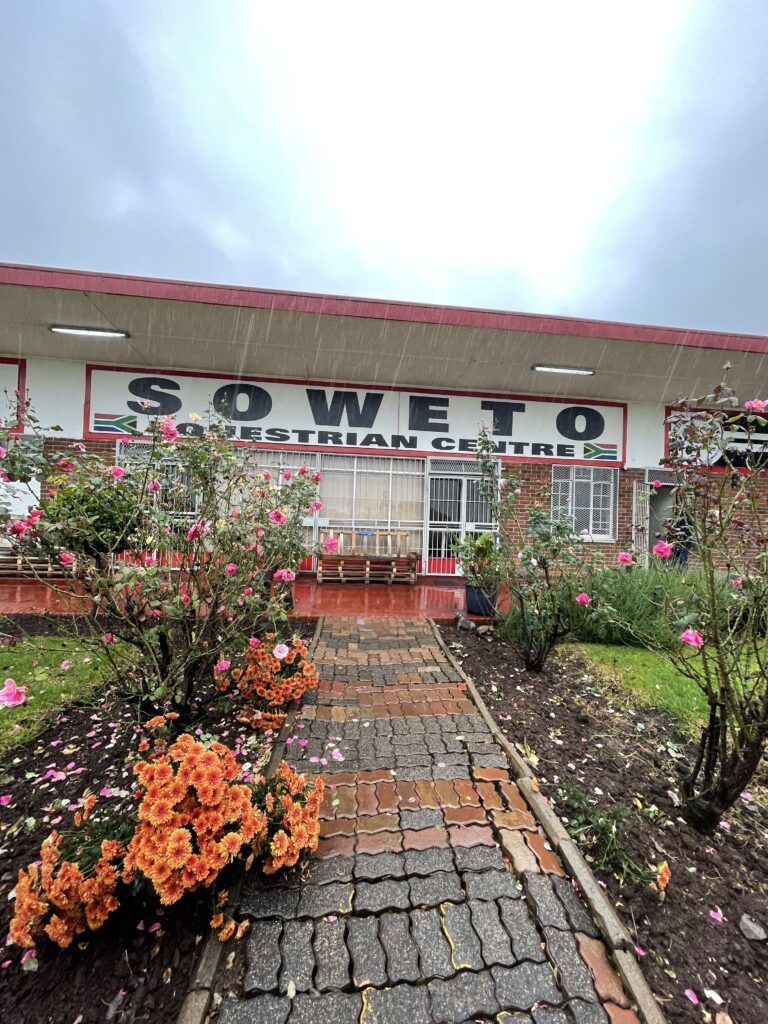
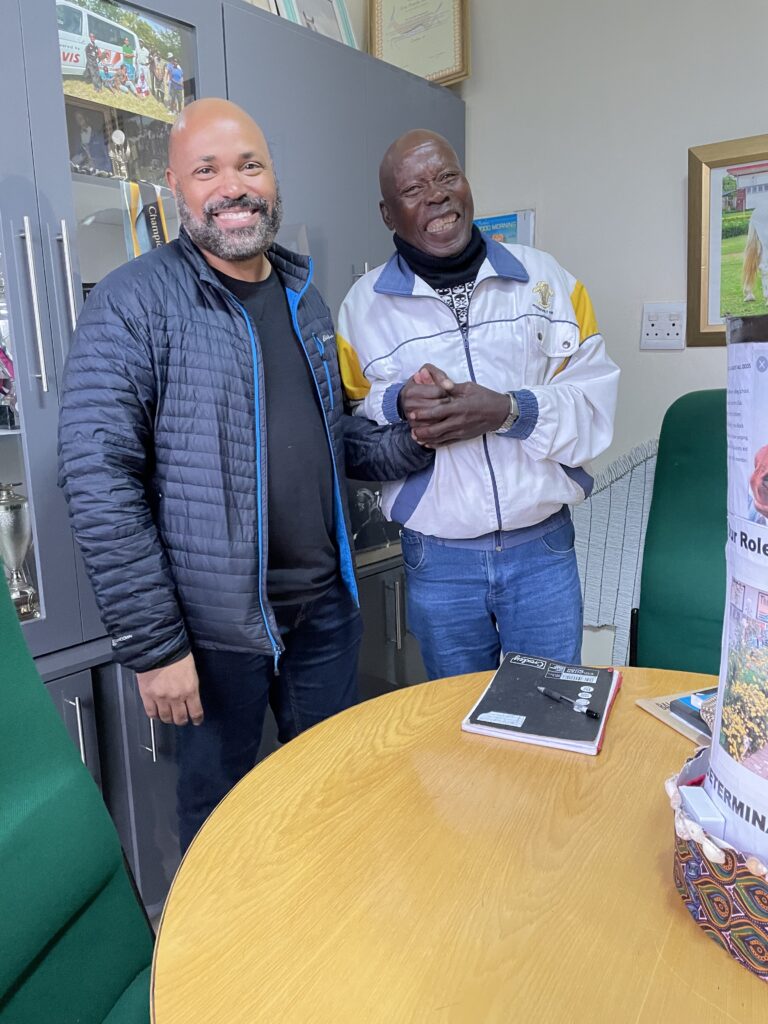
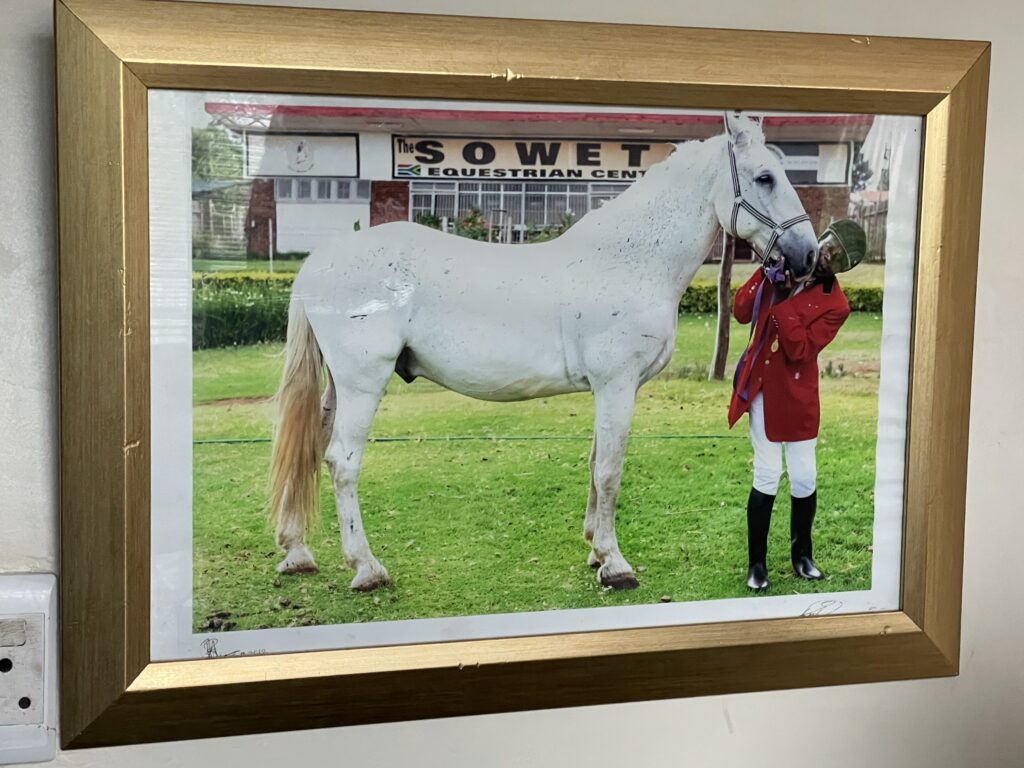

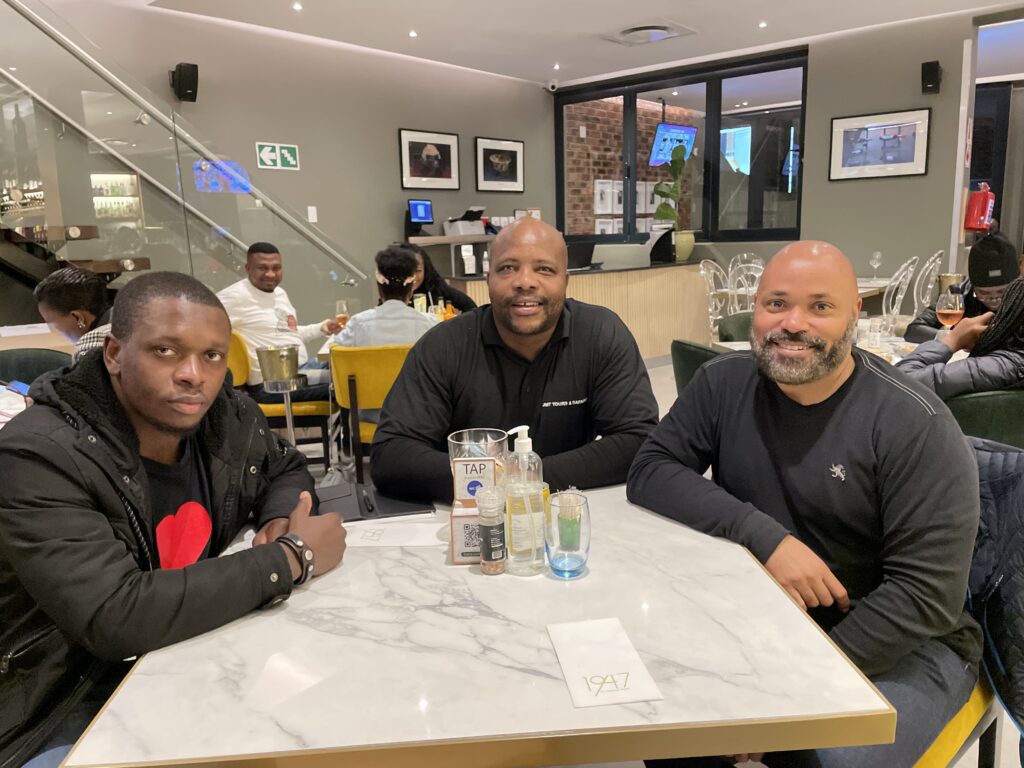
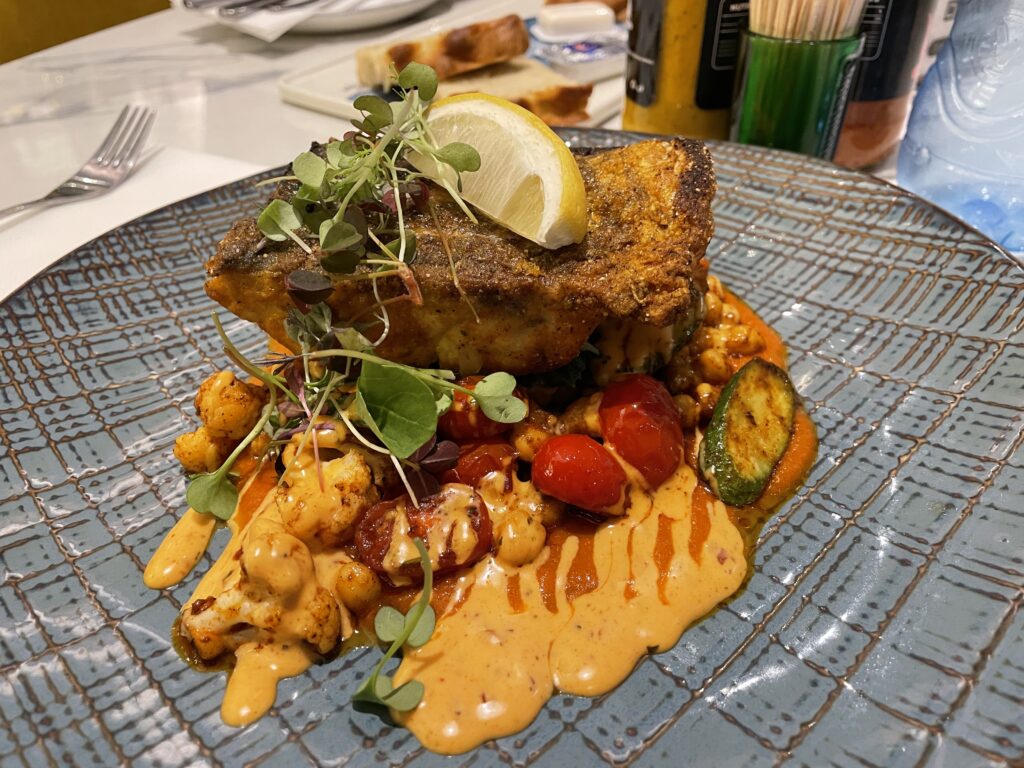
Where to Stay
As mentioned before, you can stay at the Hallmark House near the hip Maboneng neighborhood. I stayed at the voco Johannesburg Rosebank (an IHG Hote), which is located about a 15-minute drive north of downtown Johannesburg and 30 minutes from O.R. Tambo International Airport. It is a fairly secure property with front door security, and a key card is necessary to get to the elevator banks near the front desk. Want to go shopping? Rosebank Mall has three or four floors of stores such as Haute Afrika, a contemporary African fashion brand. If you’re looking for locally-produced goods, such as bracelets, dashikis, and pottery; there’s a shop a few steps away from the hotel. Ask the concierge or front desk clerk about it.
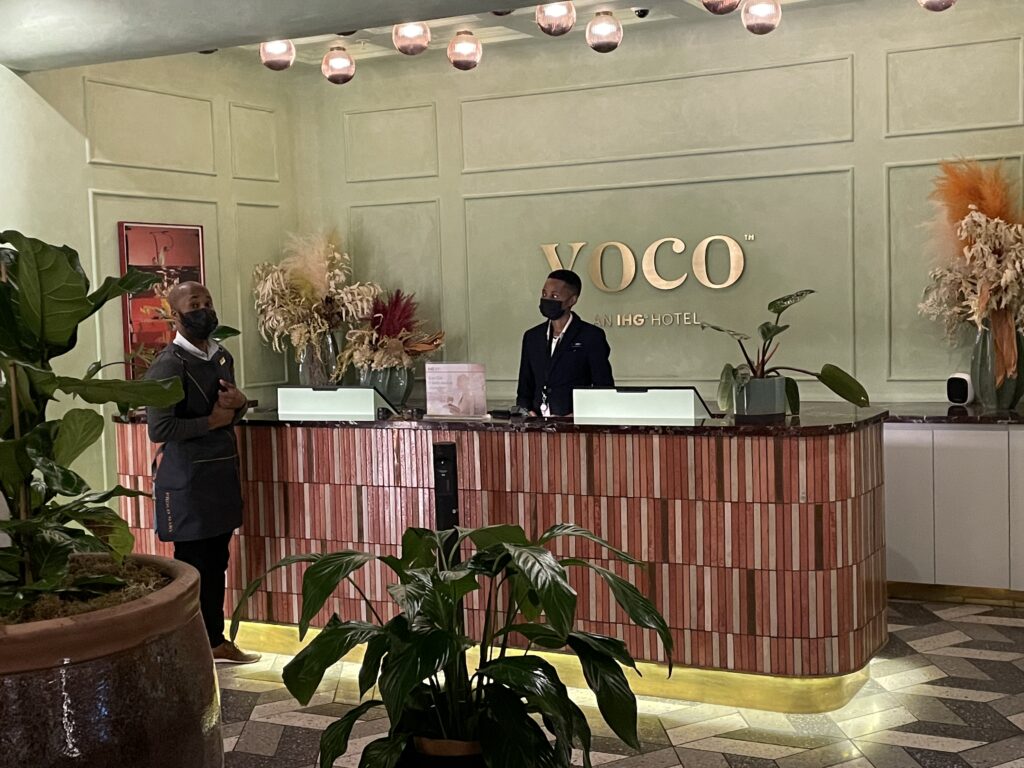

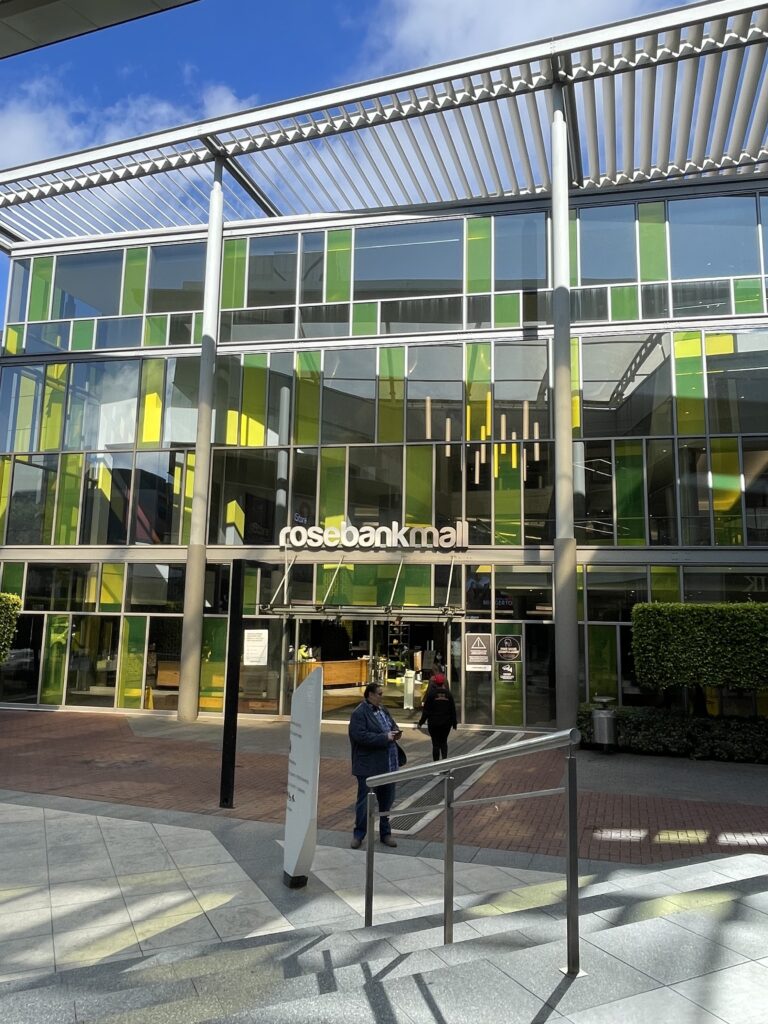
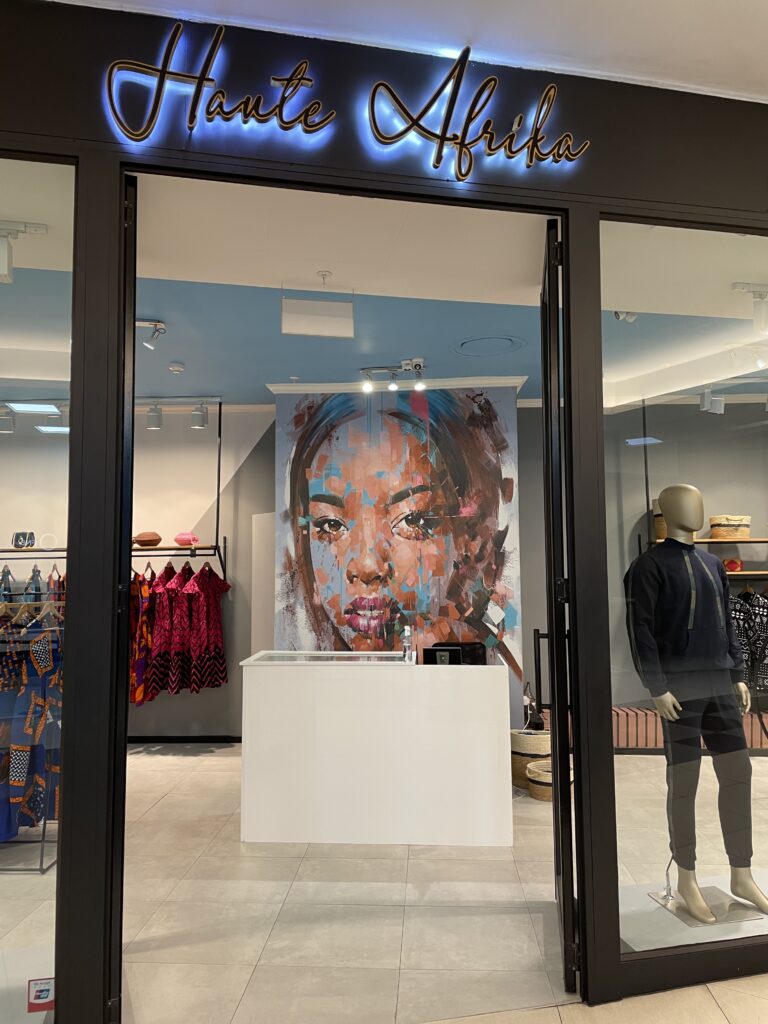
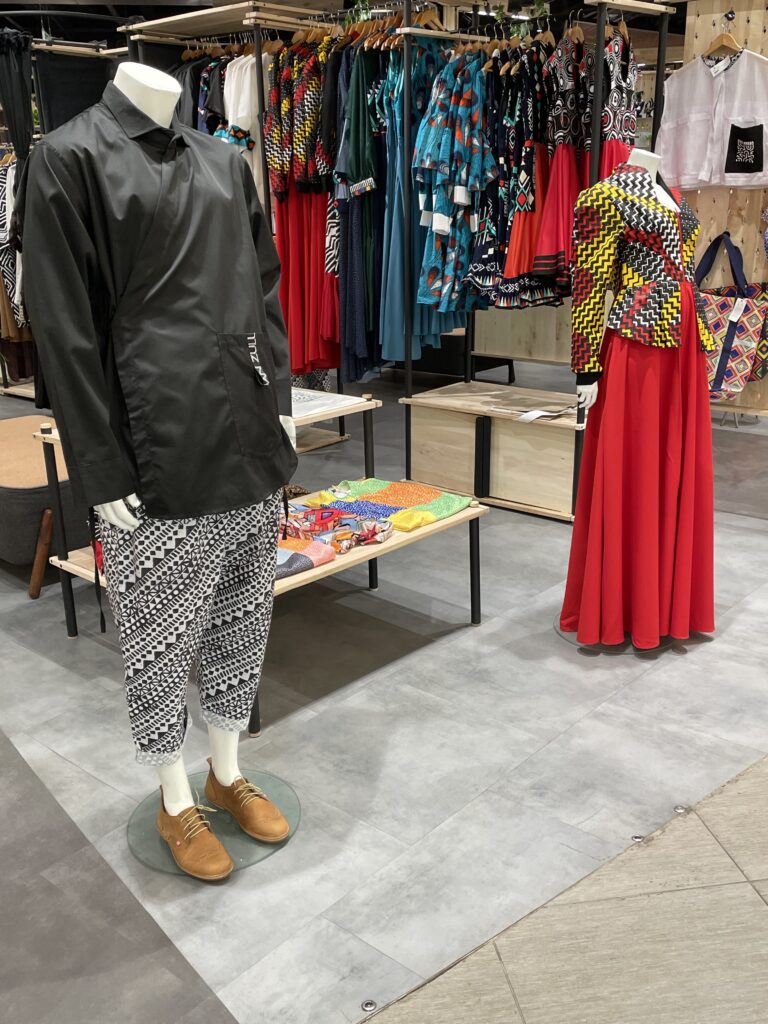
Final Thoughts
Real talk, Joburg does have its share of infrastructure issues, including load-shedding or mandatory rolling blackouts (usually announced) to conserve energy at its coal-fired power plants. If you’ve been to South Africa, then you’re probably aware that this isn’t new and it’s common across the country. As with any new destination, travelers should be able to adapt to these types of situations. It’s part of the authentic travel experience.
Don’t get me wrong, I enjoy traveling to luxurious destinations where I’m pampered 24/7 – personal butler included. I’m all for that! But as a Black gay man, I also try to find travel experiences that speak to me and my intersectionality, specifically, destinations that offer some familiar cultural connection not just to the place itself, but more importantly, to the people. Johannesburg was that place, and I encourage other Black LGBTQ+ travelers to visit. Your transformative connection to this South African city awaits.
You can read more about Kwin’s travel adventures on Vacationer, including a recap of his trip to LGBTQ-friendly Nice, France, and his epic journey gorilla trekking in Rwanda. You can also follow his latest travels via @kwinmosby on Instagram.

